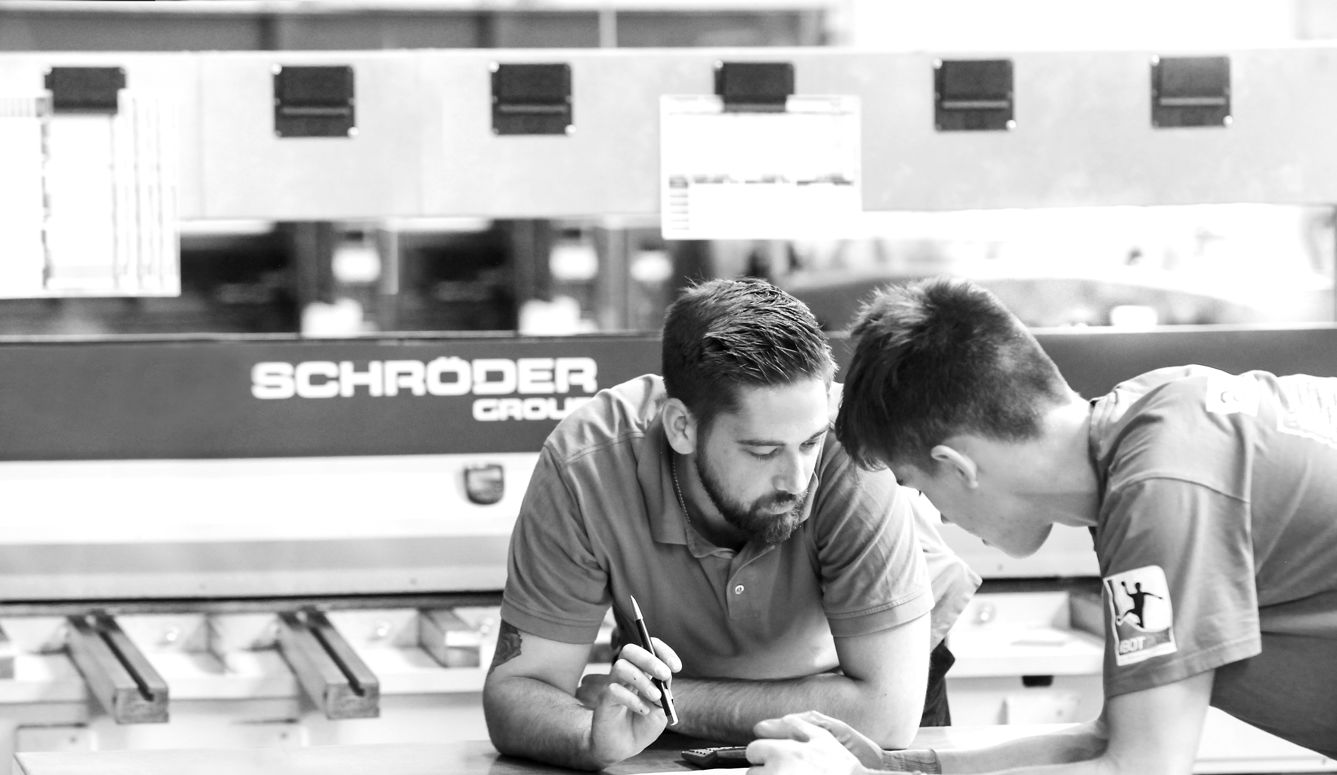
We support you from the analysis of the problem and advise on-site to the development and manufacture of prototypes.
We support you from the analysis of the problem and advise on-site to the development and manufacture of prototypes.
CASE STUDY
These bus doors show the disadvantages of the original concept and the advantages of our developments.
The problem is that the fixtures to protect the doors are simply covered by pipe insulation. As can be seen, these are not only highly susceptible to damage but they also like to disappear for no apparent reason.
BEFORE:
After visual inspection of the situation and in-depth discussions on-site, we developed a satisfactory solution with our CAD systems.
AFTER:
Our solution guarantees:
› Simple loading and unloading
› A secure separation of the bus doors
› The securing of the components by the
application of a holding-down clamp
(in contrast to the original cable strap solution)
CASE STUDY
The example illustrates the development of the design for a transport concept for train doors. The customer asked for three different potential design solutions for this project. We suggested two designs, one vertical and one horizontal, and an alternative horizontal variant, all of which would provide the train doors with ideal protection from damage and ensure problem-free transport.
I. VERTICAL SOLUTION
With the first solution, the train doors stand vertically in the transport container and are held in place by various components.
II. HORIZONTAL SOLUTION 1
With this solution, the doors are placed horizontally one above the other with the outer side facing upwards. The doors are separated from one another by a lower bracket and are also held in place by various components. The horizontal solution offers a much higher pack density than the vertical.
III. HORIZONTAL SOLUTION 2
In the alternative horizontal solution, from which a prototype was later developed, the train doors have their outer sides facing downwards. This arrangement made handling much simpler for the customer. The second horizontal solution offers a much higher pack density than the vertical.
IV. PROTOTYPE
The prototype fulfilled the following customer requirements:
› Efficient loading and unloading
› Optimum transport conditions for the easily damaged
train doors
› Ease of handling
CASE STUDY UNIVERSAL CONTAINER
We developed a universal container for worldwide use by bus door manufacturers. The container is universally usable because it has adjustable legs. The legs can be varied in height to suit the height of the doors and thus ensure they are kept firmly in place.
